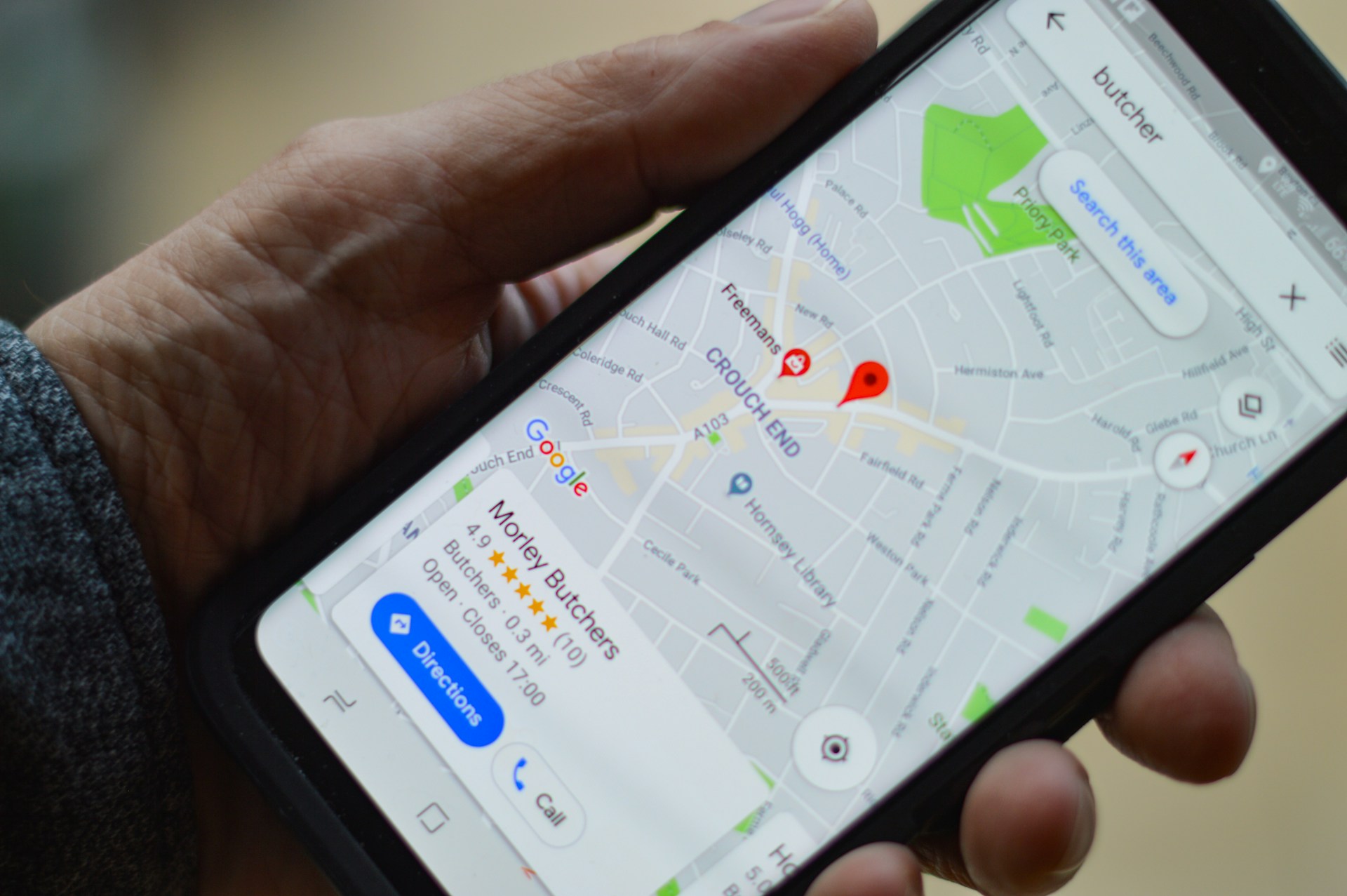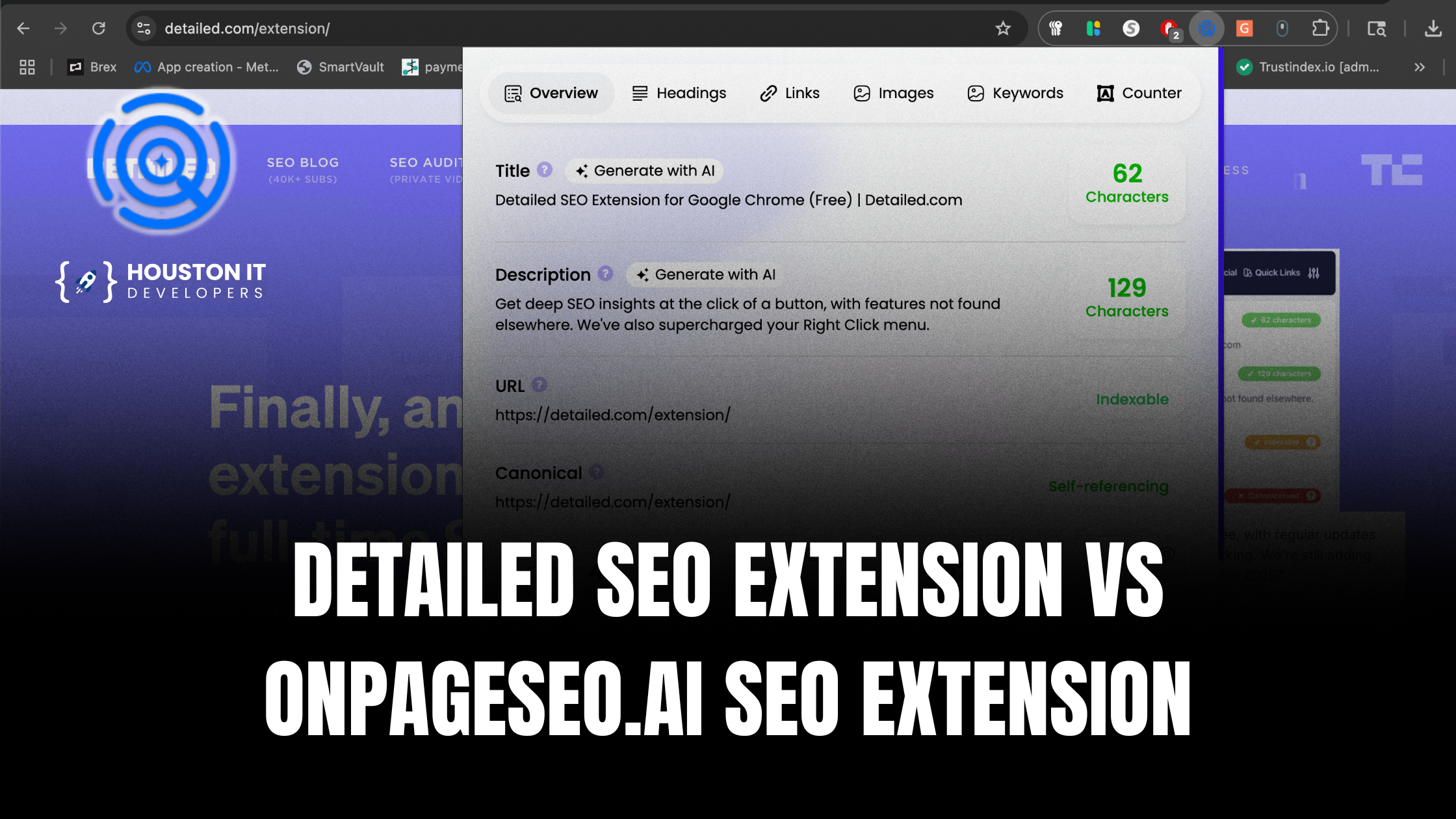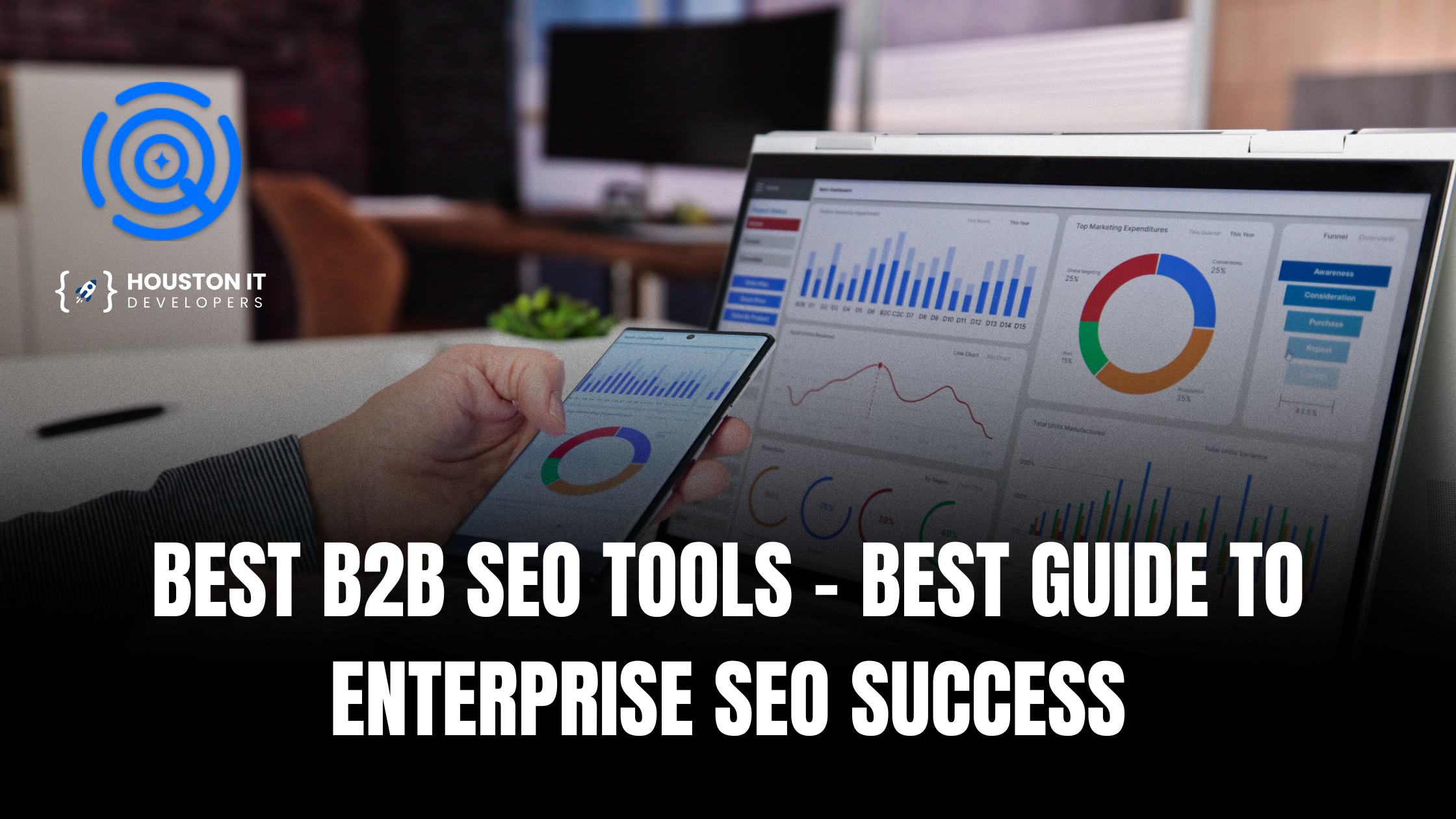Building local SEO outside your core location is an essential strategy for any business aiming to expand its geographical reach and tap into new markets. This holds particularly true for industries like software, HVAC, veterinary services, law, and dentistry, where local visibility can significantly impact business growth. By optimizing your local SEO, you can enhance your visibility, attract more traffic, and gain a competitive edge in untapped markets.
Why Local SEO Matters
Local SEO enhances your online presence and connects you with customers conducting local searches specific to their needs and location. This is critical as more consumers turn to online searches to find local information, making local SEO a crucial component of your digital marketing strategy.
Strategic Foundations for Local SEO Success

Google My Business: A Cornerstone for Visibility
Optimizing your Google My Business (GMB) profile is a fundamental step in building local SEO outside your core location. For businesses with multiple locations, it’s imperative to create a unique GMB listing for each site. These listings should include accurate business details such as address, phone number, business hours, and services offered. Regularly updating these listings with fresh content and engaging with customer reviews can boost your rankings and visibility in local search results.
Additionally, consider using GMB posts to share updates, promotions, and events specific to each location. These posts appear directly in your GMB profile and can help attract more local customers.
Tailoring Location-Specific Landing Pages
Create detailed, location-specific landing pages for each area you serve. These pages should include:
- Localized content that addresses the specific needs and interests of the community.
- SEO-optimized keywords that cater to regional search trends.
- Testimonials from local customers to build trust and credibility.
- Clear, compelling calls to action that guide users toward engaging with your services.
For example, an HVAC company might emphasize emergency repair services ahead of winter in colder regions, while a software company might focus on how their product meets the specific business needs of local industries.
Remember to optimize each landing page for relevant local keywords and ensure they are mobile-friendly for a seamless user experience across devices.
Expanding Local SEO Beyond Primary Areas Across Various Industries

Creating content that resonates with local audiences is key to building local SEO outside your core location. Tailor your content to reflect the local culture, events, and news, and address the unique challenges faced by residents in those areas.
Industry-Specific Content Strategies
- Software Companies: Highlight how your solutions can streamline operations for local businesses, using case studies and success stories from similar clients in the region. You can also create blog posts or webinars addressing common pain points faced by local businesses and how your software can solve them.
- HVAC Services: Share maintenance tips tailored to the local climate and promote seasonal checks and maintenance offers. Consider creating content around energy-saving tips or highlighting the importance of regular HVAC maintenance for optimal indoor air quality.
- Veterinary Practices: Offer advice on pet care challenges specific to the area, such as dealing with local wildlife or weather conditions. You can also create blog posts on pet-friendly local events or partner with local pet stores for cross-promotion.
- Law Firms: Provide insights into local legal issues, offering advice and guidance on common challenges faced by the community. Consider hosting webinars or Q&A sessions on relevant legal topics or writing blog posts on recent changes in local laws.
- Dental Practices: Discuss topics related to local water quality and its effects on dental health, and offer preventive care tips. You can also create content around the importance of oral health for overall well-being or share patient success stories.
Remember to optimize your content for local keywords and share it on social media platforms relevant to your target audience.
Establishing a Network of Local Backlinks Beyond Your Primary Region

Leveraging Customer Reviews
Encourage customers to leave positive reviews by making the process as simple as possible, such as by providing direct links to your review platforms. Respond to all reviews, both positive and negative, to show that you value customer feedback and are actively engaged in providing excellent service.
Consider implementing a review generation strategy, such as sending follow-up emails or offering incentives for leaving reviews.
Building a Network of Local Backlinks
Acquire backlinks from reputable local sources like newspapers, blogs, and business associations. These links not only improve your SEO but also enhance your credibility and authority in the area. Engaging in community events and sponsorships can also help in earning these valuable links.
Consider reaching out to local influencers or bloggers for collaborations or guest posting opportunities.
Adapting and Evolving Your Local SEO Strategy

Monitoring Performance and Making Adjustments
Use analytics tools to monitor how well your local SEO strategies are performing in different locations. Look for patterns in traffic and engagement that can inform adjustments to your approach. This might include refining your keyword strategy or increasing your focus on mobile optimization due to high local mobile traffic.
Regularly review your Google Analytics and GMB Insights to track key metrics like website traffic, conversions, and local search rankings.
Staying Ahead of SEO Trends
Keep up-to-date with the latest SEO trends and algorithm updates to ensure your strategy remains effective. This includes adapting to changes in how search engines handle local queries and making use of new tools and features offered by platforms like Google My Business.
Subscribe to industry blogs and newsletters, attend webinars, and participate in online forums to stay informed about the latest SEO developments.
Final SEO Advice and Tips:
- Stay Consistent: Consistency in your NAP (Name, Address, Phone Number) information across all online platforms is crucial for local SEO.
- Focus on Mobile: With the increasing prevalence of mobile searches, ensure your website is responsive and loads quickly on all devices.
- Engage Locally: Actively participate in local forums and social media groups to keep your business engaged with community issues and interests.
- Track Your Results: Use analytics tools to monitor your progress and make data-driven decisions to improve your local SEO strategy.
- Be Patient: Building local SEO takes time and effort. Don’t get discouraged if you don’t see results immediately. Stay consistent with your efforts, and you will eventually see the benefits.
By implementing these strategies, businesses across various industries can effectively build local SEO outside their core location, expanding their customer base and fostering growth in new markets. Remember, local SEO is an ongoing process, so it’s important to stay adaptable and continuously refine your approach to achieve long-term success.
Frequently Asked Questions Regarding Building Local SEO Outside Your Core Location

How do I dominate local SEO?
To dominate building local SEO outside your core location, start by ensuring each of your business locations has a dedicated Google My Business (GMB) profile, complete with accurate and detailed information. Optimize each location-specific landing page with relevant local keywords, engage actively with customer reviews, and regularly update your content to reflect local events or news. Additionally, building backlinks from local sources and leveraging localized content can significantly enhance your SEO efforts across various regions.
How do I target my location in SEO?
Targeting your location in SEO, especially when building local SEO outside your core location, involves creating separate landing pages for each area your business serves. These pages should include location-specific keywords in the content, meta titles, and descriptions. Utilize Google My Business to manage location information effectively, and ensure your NAP (Name, Address, Phone Number) details are consistent across all online platforms. Also, incorporate local events, news, and details into your content strategy to increase relevance and engagement.
Is SEO based on location?
Yes, SEO can be significantly influenced by location, particularly when building local SEO outside your core location. Local SEO helps businesses become more visible in geographically-related searches, which is crucial for attracting a local customer base. By optimizing your website and content for specific locations, you can improve your rankings in local search results, making it easier for potential customers in those areas to find your services or products.
What is the best strategy for local SEO?
The best strategy for building local SEO outside your core location involves several key actions: Firstly, optimize your Google My Business listings for each location. Secondly, create unique, high-quality content tailored to the local audience in each area. This includes using local keywords and addressing local issues or interests. Thirdly, acquire local backlinks to increase your site’s authority and relevance for specific regions. Finally, ensure your website is mobile-friendly and fast-loading, as many local searches are performed on mobile devices. Monitoring your SEO performance and adapting your strategy based on what works is also crucial for sustained success.
How to target multiple cities with SEO?
The article provides several strategies for targeting multiple cities with SEO. Here’s a summary:
- Create Unique GMB Listings: If you have physical locations in multiple cities, ensure you have a separate Google My Business listing for each one, complete with accurate NAP information and localized content.
- Develop Location-Specific Landing Pages: Craft dedicated landing pages for each city, incorporating relevant local keywords, testimonials, and information tailored to that specific community.
- Produce Localized Content: Develop content that resonates with each local audience, addressing their specific needs, interests, and challenges.
- Build Local Backlinks: Earn backlinks from reputable sources in each city, such as local news outlets, blogs, and business directories.
- Monitor & Adapt: Use analytics tools to track performance in each location and adjust your strategy accordingly.
What is multi-location SEO?
Multi-location SEO is the practice of optimizing your online presence to rank well in local search results for multiple locations. This involves creating and managing individual listings for each location, developing location-specific content, and building local backlinks for each area you target.
Is SEO based on location?
Yes, SEO can be significantly influenced by location. Search engines like Google often personalize search results based on the user’s location, aiming to provide the most relevant local results. This means that businesses need to optimize their online presence for specific locations to appear in local search results.
How to target a specific country in SEO?
You can target a specific country in SEO through several methods:
- Use Country-Specific Domain Extensions: Consider using a country-code top-level domain (ccTLD) such as .uk for the United Kingdom or .ca for Canada. This signals to search engines that your website is specifically targeting that country.
- Set Geographic Targeting in Google Search Console: Specify your target country in Google Search Console to inform Google about your intended audience.
- Use Hreflang Tags: Implement hreflang tags on your website to indicate language and regional variations of your content to search engines.
- Create Localized Content: Develop content that resonates with the target country’s culture, language, and interests.
- Build Backlinks from Country-Specific Sources: Acquire backlinks from websites within the target country to strengthen your local authority.
By implementing these strategies, you can increase your visibility in search results for a specific country and attract more relevant traffic. Feel free to contact us for a free SEO website audit.








